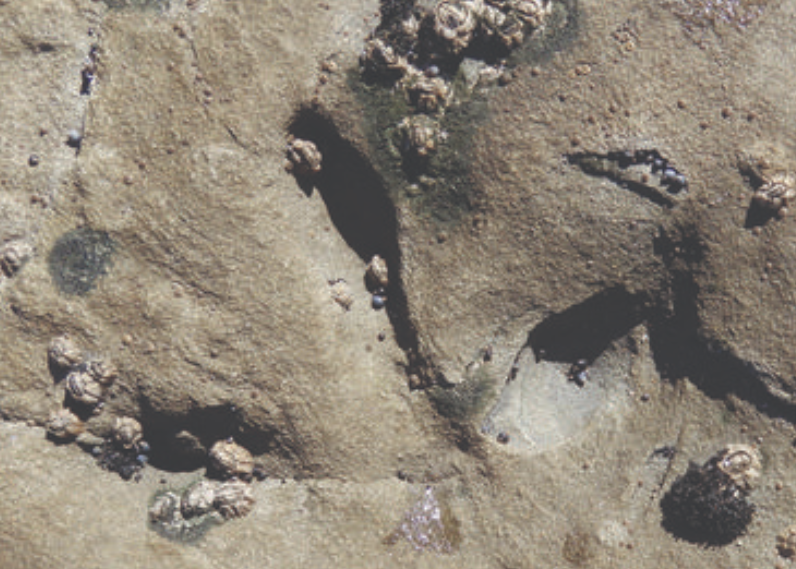A new paleontological discovery reveals interesting stuff about the ancient birds from the Early Cretaceous period.
According to the findings, there are oldest footprints believed to originate from diverse avian species that once roamed polar Australia.
Discovery of Oldest Bird Footprints

A groundbreaking study led by Anthony Martin of Emory University, USA, and his team has reported the discovery of 27 individual bird footprints within Victoria's Wonthaggi Formation in Australia.
Dating back to 120 million years, these footprints offer the oldest known evidence of birds in the southern polar regions.
According to Interesting Engineering, the footprints belong to various bird species, including the Enantiornithes, a group of airborne birds, the Hesperornithiformes, adapted for swimming and flightlessness, and the Ichthyornithiformes, likely specialized in airborne fishing.
Furthermore, the discovered footprints, found in multiple stratigraphic layers of an ancient polar floodplain, suggest a seasonal visitation pattern. This raises the possibility of migratory routes, shedding light on the migration patterns of ancient birds across Gondwana.
Related Article: What Killed the Dinosaurs After the Asteroid Impact? Scientists Finally Have an Answer
Earliest Evidence of Birds in Gondwana
Apart from a few bones and feathers, the footprints represent the earliest substantiated proof of birds residing in Australia or any part of ancient Gondwana. The research provides a crucial missing piece in the puzzle of avian distribution during prehistoric times.
In line with this, the study's significance extends beyond the immediate discovery. Scientists express optimism about future endeavors to uncover more early bird fossils in Gondwanan territories.
The anticipation hints at the likelihood of a more abundant avian presence in the southern regions than previously recorded in the fossil record.
A Glimpse into Early Cretaceous Australia
Published in the journal PLOS ONE, this study not only enriches our understanding of ancient avian life but also beckons researchers to explore the untapped potential of Gondwanan territories for more revelations from the Early Cretaceous period.
"We are very excited to document that a variety of birds were living in polar Australia during the Early Cretaceous Period. But we also hope our trace fossil discovery inspires other researchers to look for and find more Early Cretaceous bird tracks elsewhere in the Southern Hemisphere," the researchers said.
The ancient polar landscapes of Australia continue to yield valuable insights into the diverse and dynamic world of prehistoric birds.
Who knows, the region might not only reveal more information about the feathered animals in the future but also about other animals that once lived there.
In other news, a new study revealed that mother dolphins transmit organic pollutants to the baby dolphins through lactation.
While it's understandable that the seas and oceans are the main channels of pollution, it is taken into account that the toxic nourishment of the offspring is brought by their mothers.
The researchers gathered milk, blood, and placenta samples from both the mother and baby dolphin. Based on their findings, a high level of pollutant concentration could pose a danger to the dolphins at a young age.

ⓒ 2025 TECHTIMES.com All rights reserved. Do not reproduce without permission.




